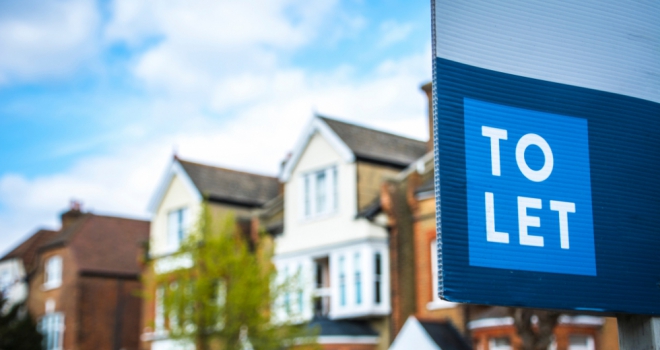
Before the disruption caused by the pandemic and lockdown measures, mortgage lending remained flat throughout the first three months of 2020 when compared with the same period a year earlier. In fact, according to UK Finance, this decline in FTB numbers is not a new phenomenon and has been happening since October 2019, remaining subdued in aggregate ever since. However, the data reveals that there have been wide regional variations in activity, likely due to disruption caused by the pandemic.
Offsetting a decline in first-time buyers, buy-to-let house purchases increased by a comparatively large 7% in Q1 2020 compared to the same period in 2019.
UK Finance says that while they had seen purchases within this sector improve considerably over the past year, following a decline due to tax and regulatory changes that started in 2016, they had recorded material growth in this sector from December 2019 onwards.
John Goodall, CEO at Landbay, says “Buy-to-let started the year really strongly and this is reflected in the UK Finance figures. January and February saw a really strong demand for new purchases.; UK Finance shows a 7% year-on-year increase, but what we saw was significantly in excess of that.
"While the Coronavirus lockdown from mid-March has hampered this, there is still a notable demand from landlords and investors. What these figures don’t show is the effect of payment holidays. While there is demand, borrowers who are trying to take out new mortgages whilst also taking payment holidays on existing parts of their portfolio may find it harder to buy than they did before.
“While there is no chance that we will jump straight back to the numbers we saw at the start of the year, as soon as confidence returns the market should also return to normal, although I don’t expect a ‘V’ shaped recovery, but a longer, more gradual increase. Providing of course that we don’t get a second peak in the virus, as at that point all bets are off. Fundamentally it’s about demand and supply. This morning’s figures showed a drop in first-time buyers even before Covid-19 hit and following the pandemic it is highly likely that people will be renting for much longer, so the need for private buy-to-let will be greater than ever.”
Andrea Olivari, co-founder at Selina Finance comments: "The events of the last few months have dealt a blow to consumer confidence, so it's no surprise to see this significant fall in consumer spending. For those who’ve retained their income, saving money and meeting monthly committed expenditure such as rent and mortgages has taken priority - a trend which is exacerbated by people working from home and retailers, restaurants and cafes being closed.
"The housing market has also been impacted, despite a relatively strong run from December last year through to the beginning of lockdown, with the full effects yet to be understood. There have been some positive signals since its reopening, but transaction volumes will take time to normalise. Moving forward we may see increasing numbers of homeowners looking to extend or improve their existing property instead of rolling the dice in a potentially depressed market.
"We're optimistic next quarter will show significant improvement as lockdown restrictions are being lifted. How long the economy takes to recover is a more difficult question as there are many factors, both positive and negative, at play. It’s clear that consumer and business credit will have a large part to play in the recovery."





